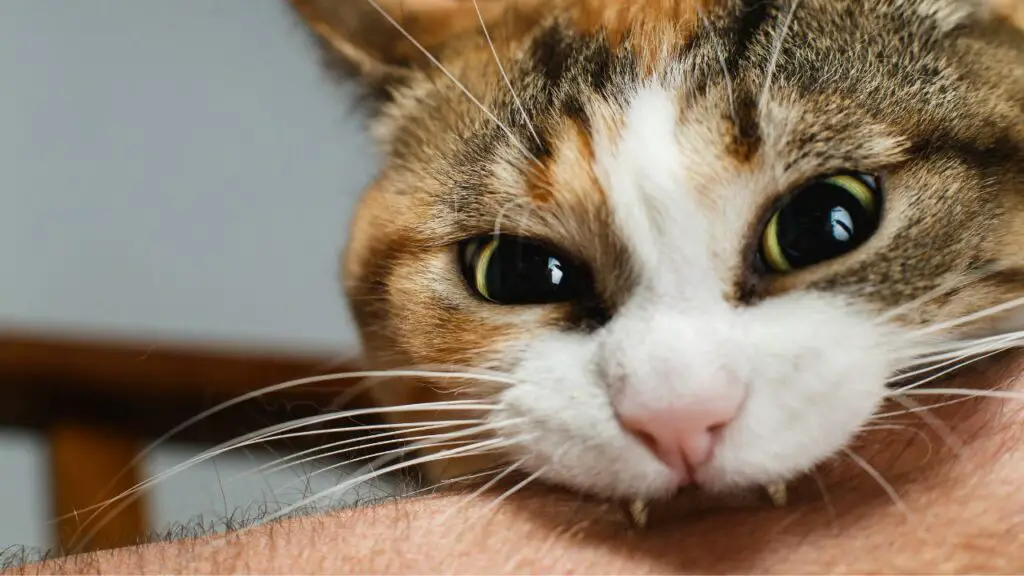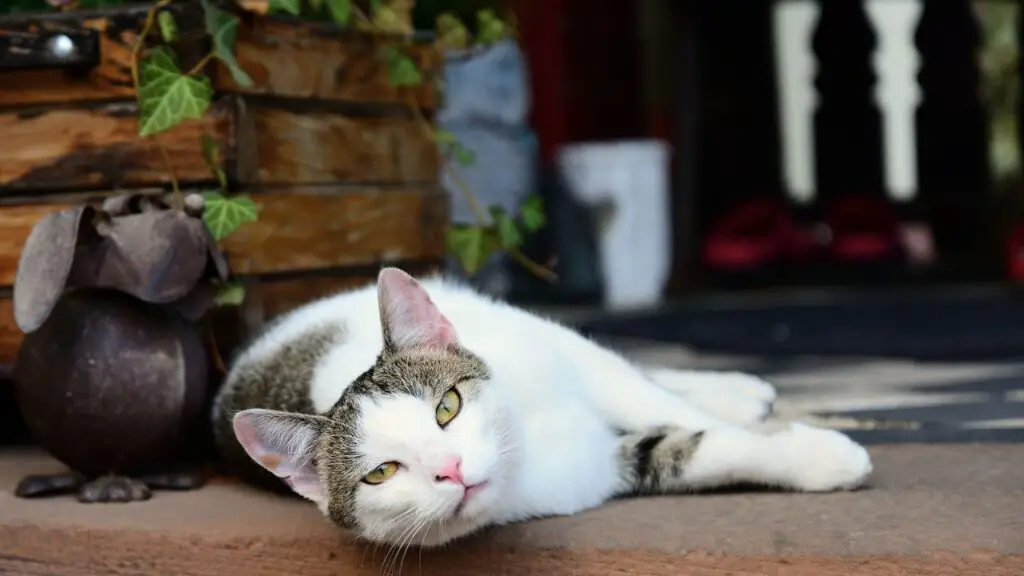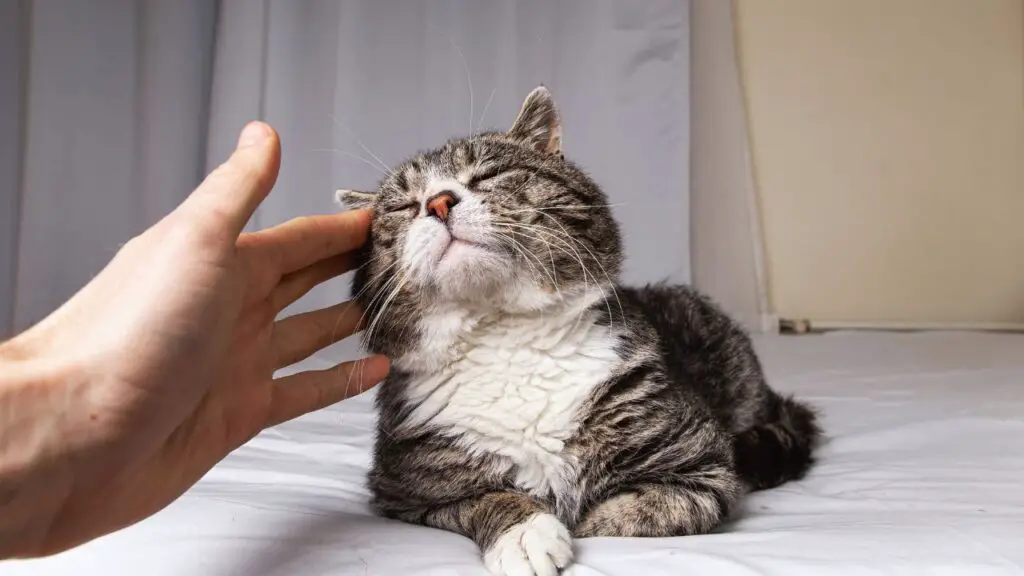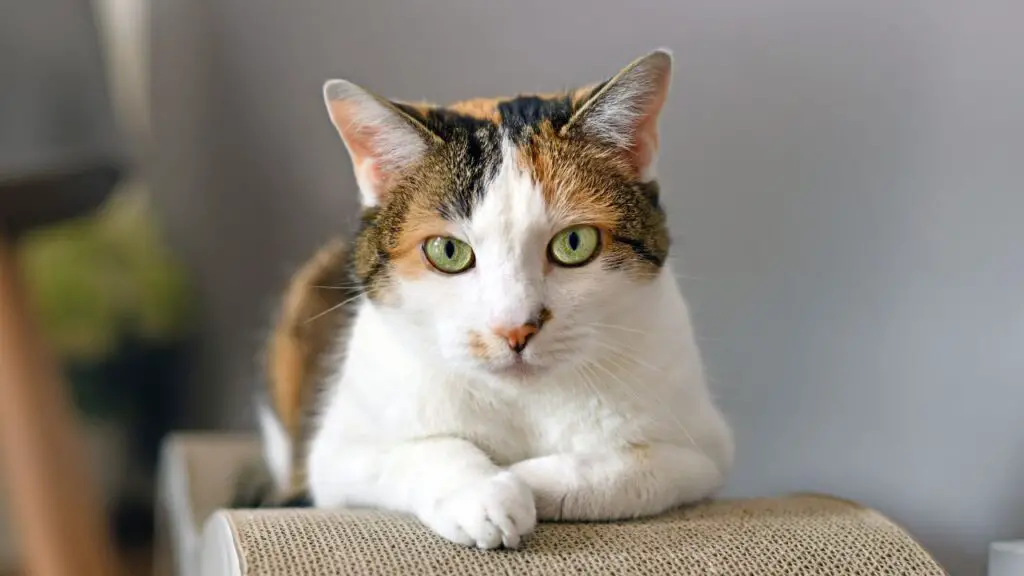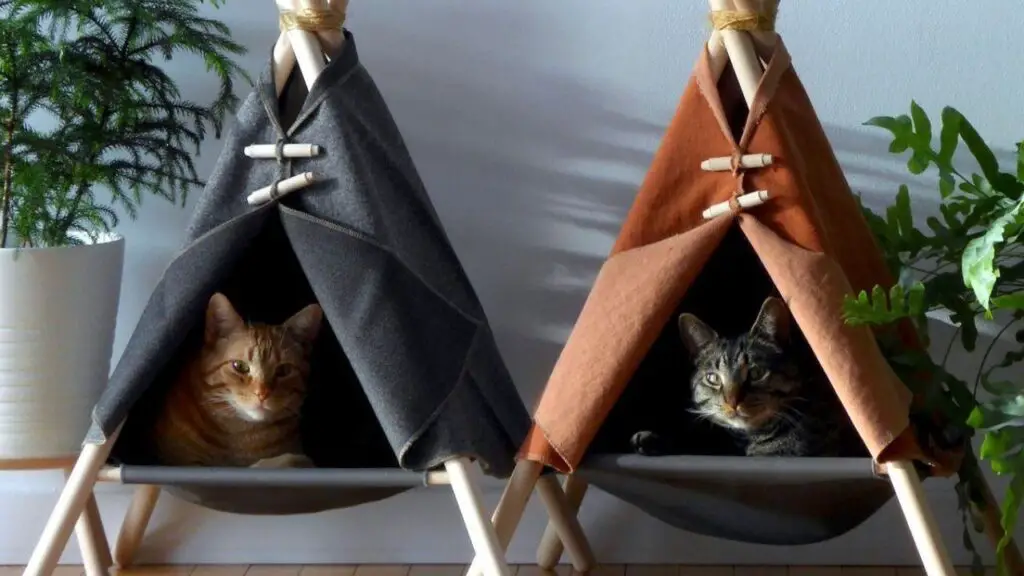Author: Dola Singha
Dola Singha is a cat enthusiast with a lifelong love for feline companions. She is an expert in all aspects of cat care, from nutrition and behavior to training and health.
Catfish can be safe for cats to eat if it is thoroughly cooked, unseasoned, and fed in small portions infrequently. It offers valuable nutrients like omega-3, omega-6, and taurine. However, uncooked or partially cooked catfish presents significant hazards to feline health, including bacterial and parasitic infections and thiaminase. Thiaminase breaks down thiamine, a crucial cat vitamin, leading to potential neurological issues and seizures. Therefore, it is not recommended to feed raw catfish to your cats. Can cats digest catfish bones safely? No, cats should not eat catfish bones, especially if they are cooked. Cooked fish bones can be hard, brittle,…
Cats do not have venom. However, cat scratches can result in infections, especially when neglected. The bacteria Bartonella henselae causes cat scratch disease, which may lead to swelling, soreness, and fever. Seeking medical care when the infection is suspected is crucial. Moreover, ensure a tetanus shot if an open wound is present and it has been over five years since the last vaccination. Despite the ambiguity surrounding venom in cat scratches, they can pose risks if appropriate measures are overlooked. What are the effects of a cat’s bite on humans? A cat’s bite on humans can have various effects, depending…
A cat sitting on your porch could signify various things. It might indicate the cat’s curiosity, hunger, being lost, or seeking shelter. Alternatively, it could be seen as a good omen, especially if it happens to be a black cat. According to some beliefs, cats possess spiritual qualities and can safeguard you against malevolent forces or bring you prosperity. However, such beliefs are merely superstitions and lack empirical evidence. Are there any superstitions associated with a cat sitting on your porch? Yes, there are some superstitions associated with a cat sitting on your porch. Some of them are: What does…
Cats don’t seem to get tired of purring and they don’t control it, either. The signal that the cat’s body gets that tells it to purr comes from the central nervous system and it runs on ‘automatic’ until it is sent a signal to stop. The actual purring is produced when your cat breathes and its glottis (by your cat’s vocal cords) dilates rapidly. Cats may purr for different reasons, not just when they are happy or content. They may also purr when they are stressed, injured, or dying, as a way of self-repair or soothing. Purring is a sign…
Cats like armpits for a few reasons: Sweat: Cats have a strong sense of smell and taste, and they may be attracted to the salt and proteins in your sweat. Your armpit sweat is full of fats and proteins that cats find appealing. Scent: Cats may also like your armpit because it smells like you. To your cat, you smell like home. Cats may also try to mask your scent with their own by rubbing their face on your armpit. This is a way of marking their territory and showing affection. Grooming: Cats may lick your armpit as a way…
Cats have a sharp sense of smell, with reactions to various scents varying based on individual traits, tastes, and past experiences. Reasons some cats might enjoy the scent of weed include: Curiosity: Cats, inherently curious creatures, could be captivated by new or peculiar smells, seeking to explore their origin. Catnip-like impact: Smelling weed may elicit a catnip-like response in some cats, causing euphoria, playfulness, or relaxation. Weed’s THC compound bears resemblance to catnip’s nepetalactone, with both binding to receptors in a cat’s brain and inducing similar effects. Association: Cats might link the scent of weed with positive occurrences, such as…
There are many possible causes for cats to have bald spots near their ears. Some of them are: Ringworm: A fungal infection that causes itchy and scaly patches on the skin. It can be treated with antifungal medications. Alopecia Areata: A condition that causes patchy hair loss due to an immune system disorder. It may resolve on its own or require steroid injections or other treatments. Flea Allergy Dermatitis: A hypersensitivity reaction to flea bites that causes intense itching and inflammation. It can be prevented by using flea control products and treating the environment for fleas. Ear Mites: Tiny parasites…
Bactine is not recommended for cats as it contains ingredients that are toxic to them. If your cat needs wound care, consult with a veterinarian for safe and effective treatment options. Bactine should also not be used as a general body spray or for any other purpose. If accidental ingestion does occur, pet owners must contact their veterinarian immediately. Key Takeaways What Are The Potential Side Effects Of Using Bactine On Cats? Using Bactine on cats can lead to several potential side effects, mainly stemming from its active ingredients, lidocaine, and benzalkonium chloride. Firstly, while lidocaine is known to provide…
Calico cats reproduce the same way as other cats, but their coat color is determined by a complex genetic process that involves the X chromosome. Calico cats have a tri-color coat with patches of white, orange, and black, or sometimes cream and grey. Calico cats are almost always female because males usually have only one X chromosome and one color. Male calico cats are very rare and usually sterile, and they can occur due to genetic abnormalities such as Klinefelter syndrome (XXY chromosomes) or chimerism (two different cell types). Are calico cats more likely to be female? Yes, Calico cats…
Native Americans did not have cats until they were introduced by European settlers. Cats are not native to the Americans and were brought over by colonists, traders, and explorers. Some Native American tribes adopted cats as pets, while others viewed them with suspicion or hostility. Cats were sometimes associated with witchcraft or evil spirits by some Native Americans, while others admired their hunting skills and agility. Certain Native American tribes took names inspired by felines or feline-like creatures, like the Cheyenne, Kiowa, and Lakota. Can we find any archaeological evidence of cats in Native American settlements? A lack of archaeological…





